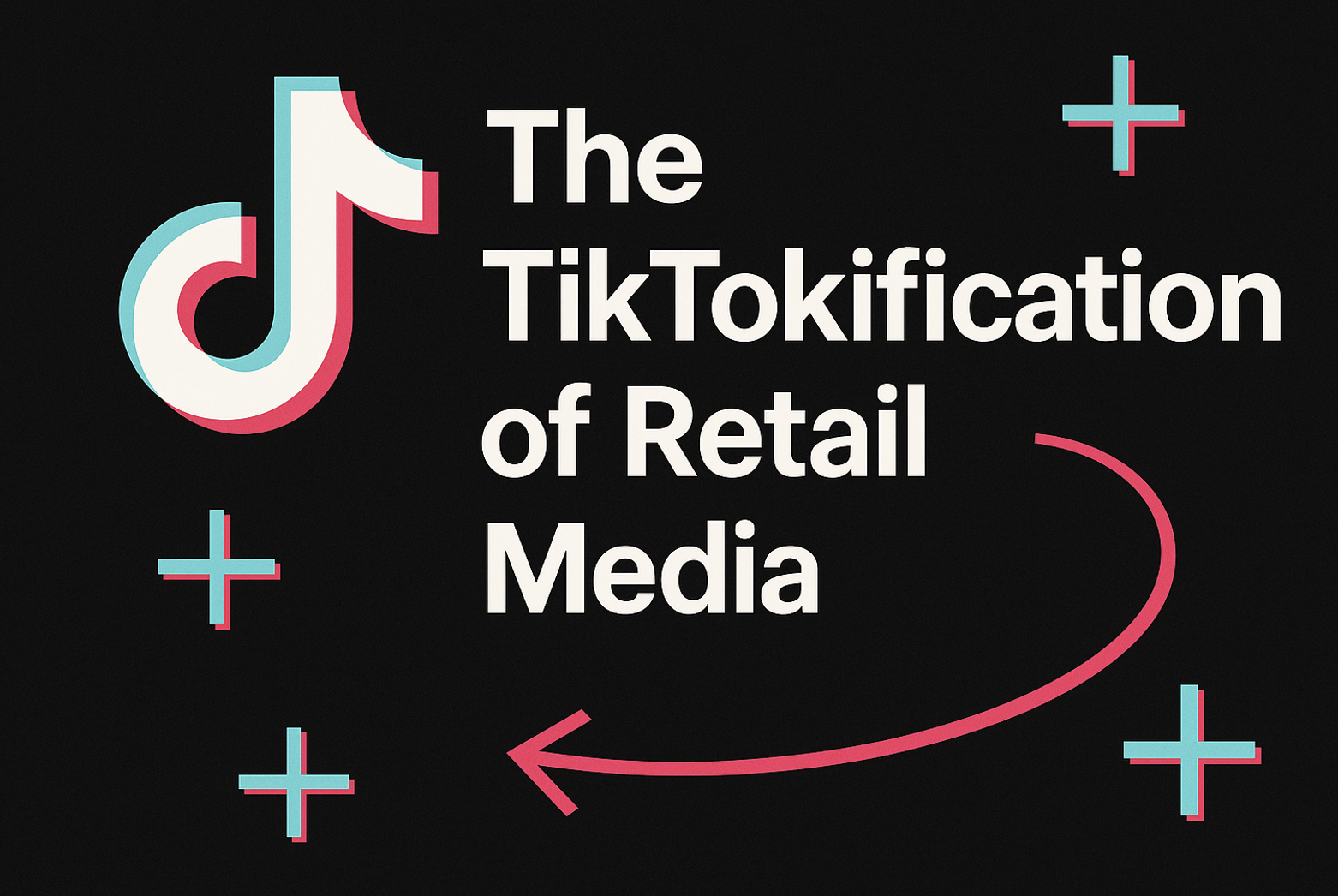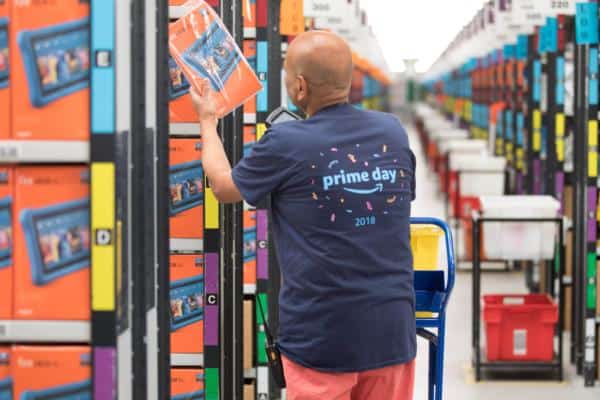Almost 80% of consumers say that they are changing their purchase preferences and behaviour based on brands and retailers social responsibility, inclusiveness, or environmental impact.
Meanwhile, COVID-19 has increased consumer awareness and commitment to buying sustainably, with 67% saying that they will be more cautious about the scarcity of natural resources due to the crisis, while 65% say that they will be more mindful about the impact of their overall consumption in the “new normal”.
According to the Capgemini Research Institute’s report, Consumer Products and Retail: How sustainability is fundamentally changing consumer preferences, sustainability concerns are now influencing consumer behavior among more than half the population. 53% of consumers overall and 57% in the 18-24 age group have switched to lesser known brands because they were sustainable. More than half of consumers (52%) say that they share an emotional connection with products or organizations that they perceive as sustainable.
Moreover, 64% say that buying sustainable products makes them feel happy about their purchases (this reaches 72% in the 25-35 age group).
CPR organizations also understand the benefits sustainability has on their relationships with customers: 77% indicate sustainability leads to increases in customer loyalty, while 63% say it increases brand revenue.
A lot more to learn about sustainability
Despite intentions to be sustainable, there is a gap between what consumers think they know and what they actually know about sustainability, says the report. It finds that 78% of consumers are not aware that it takes 1,000 litres of water to produce a chocolate bar and 68% are not aware that an average burger results in more emissions than driving 15km in a large car.
Nearly 68% of consumers who purchased these products were willing to purchase a more sustainable product once they were made aware of the sustainability issues. This highlights the need for more sustainability-related information to be available for consumers and reinforces the importance of brands driving the sustainability agenda.
However, a knowledge gap also exists among retailers and manufacturers who think their shoppers know more than they do. 65% of executives say their consumers are very much aware of their sustainability initiatives, but 49% of consumers say they do not have any information to verify the sustainability claims of products, and 44% say they do not trust product sustainability claims.
Scratching the surface of sustainability
Nearly 80% of organisations mention the impact on margins or cost overruns as a challenge in scaling sustainability initiatives and for almost three in four organisations, other issues take priority.
Three out of four (75%) of CPR companies say they have a strategy, infrastructure and resources in place to drive sustainability and circular economy efforts.
However, when it comes to deploying company-wide initiatives that have impact, less than one quarter of organizations have managed this.
Moreover, different facets of operations are seeing different levels of success. The most commonly scaled initiatives are fair labor policies and safe working conditions with 48% of organizations claiming to have achieved scale in these areas. In contrast, sustainable IT, which involves reducing the impact of the digital footprint (such as energy efficiency in data centers), is being scaled by just 18%.
Despite the pandemic bringing a renewed focus on the circular economy, just 18% of executives have invested in circular economy initiatives and only 35% plan to invest in this area in the next three years.
Pia Heidenmark Cook, Chief Sustainability Officer at Ingka Group comments: “I think a challenge that many organizations face is change management. A perception many organizations have is that sustainability is more expensive. However, they do not realize that initiatives like waste reduction or energy efficiency will reduce your operational costs. So, I would say the key challenge that stands in the way of sustainability is change management – showing the business case, why it makes sense, and influencing and inspiring people to understand why it makes a difference.”
“So far, many organisations have viewed sustainability as a bolt-on,” says Kees Jacobs, Vice President, Consumer Goods and Retail at Capgemini. “However, when baked into an organisation’s mission and purpose, sustainability has the potential to entirely change an organisation’s relationship with its customers and partners. The pandemic has heightened global desire for authenticity and responsibility, particularly from large organisations. As businesses focus on transformation in the wake of the pandemic, they should put sustainability at the heart of their efforts.”
Sustainability in fashion
One of the sectors leading the way with sustainability is the fashion sector. According to analyses by Retviews, a recently acquired startup, Lectra, has found that the era of the ‘activist consumer’ is upon us and fashion brands are trying to react. So how are they doing?
According to its findings, the proportion of sustainable fashion in collections varies considerably from one retailer to the next. For example, eco-friendly collections constitute only a small portion of the ranges offered by leading retailers Zara and H&M, which signed the Fashion Pact during the G7 Summit in Biarritz.
Zara’s Join Life collection represents 14% of its range, whereas C&A’s #Wearthechange represents nearly 30% of its total collection. The Conscious collection at H&M, which tops the Fashion Transparency Index, created by Fashion Revolution, accounts for less than 10% of its total range.
C&A, H&M and Inditex (Zara) are among the top four users of organic cotton. All the brands analyzed in the Retviews survey present their cotton as sustainable and consider it a priority for 2020 and beyond.
There is little difference between the fabrics most commonly used in the mass and premium markets. The same is true for eco-friendly compared to standard collections. Cotton, synthetic fabrics such as polyester, elastane and also viscose are the most widely offered and used fabrics.
The assumption that sustainable and/or organic garments are more expensive is a misconception, according to the results of the survey. H&M’s exclusive sustainable collection, Conscious, is a good example. The average price of a dress in the standard collection is €39.90, whereas in the Join Life collection it is €31.70.
“The opportunities offered by sustainability are significant. It’s an issue attracting much greater interest from Generation Z, and retailers have listened to and taken on board these concerns,” explains Quentin Richelle, Chief Marketing Officer, Retviews. “90% of consumers say they are aware of the situation and are prepared to change their behaviour to combat climate change*. This shows their real inclination to invest in eco-responsible products. In view of this change, brands have a social responsibility to inform their customers, to be transparent about their progress in this area, and to share some of the challenges they face, in order to educate their communities. There are currently no international regulations for apparel defining what can be described as sustainable. This means that there is still a long way to go before the standardization of sustainable fashion is achieved.”








